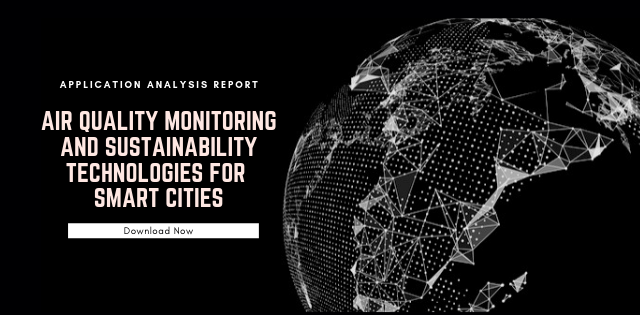This is an important – and necessary – first step towards curbing the health risks related to air pollution. However, the second step is just as crucial. Cities will need to make this air quality data available to the public, as well as to regulatory organizations like the European Environment Agency (EEA) and the U.S. Environmental Protection Agency (EPA). This will allow for continuous monitoring and alert officials and the public when air quality falls below internationally agreed-upon thresholds.
High Tech Tools To Combat Poor Air Quality
Data collection and distribution can be an especially costly endeavor, as professional grade air quality monitoring stations typically cost between $100,000 and $200,000 apiece.
To help cities keep costs affordable, municipalities and technology partners are exploring new approaches and business models. Here are some noteworthy examples:
- Nokia recently launched its Sensing-as-a-Service platform, which allows cities, public safety authorities, and governments to adopt Air Quality Sensors-as-a-Service by rolling out CAPEX-free environmental data analytics capabilities.
- In London, mobile air quality sensors are being tested in the form of both Google StreetView cars and children’s school bags being fitted with sensors that allow much more spatially granular measurements compared to fixed stations.
- Consumer-grade smart home sensors and wearable air quality sensors from vendors like Plume Labs, though less accurate, can complement official air quality monitoring stations.
React Vs. Predict
How cities respond to high levels of pollution will ultimately dictate the efficacy of these investments.
Response modes range from reactive, symptom-fighting approaches to structural preventative measures. Banning, limiting, or discouraging the use of certain types of polluting vehicles in the form of emission zones has become very popular across Europe, with the City of London recently announcing an Ultra-Low Emission Zone (ULEZ). The city of Munich has tested a closed-loop approach intelligently rerouting traffic around schools and air pollution hotspots, an example of near real-time response management. However, the only long-term solution for cities is the massive electrification of transportation, the adoption of distributed renewable energy generation, and more generally, the design of carbon-neutral cities.
Other cities are taking a more proactive, predictive approach by leveraging intelligent air quality sensors with Siemens’ City Air Management (CyAM) solution. CyAM allows air pollution levels in cities to be predicted 3 to 5 days in advance, based on historical and current data on air quality, weather, and traffic patterns. This enables cities to proactively put timely measures in place to avoid exceeding dangerous thresholds.
Learn More
Technology has the power to radically reduce the risks of air pollution. Lear more about these technologies, their applications, and the opportunities in the marketplace with our Air Quality Monitoring and Sustainability Technologies for Smart Cities application analysis report.
